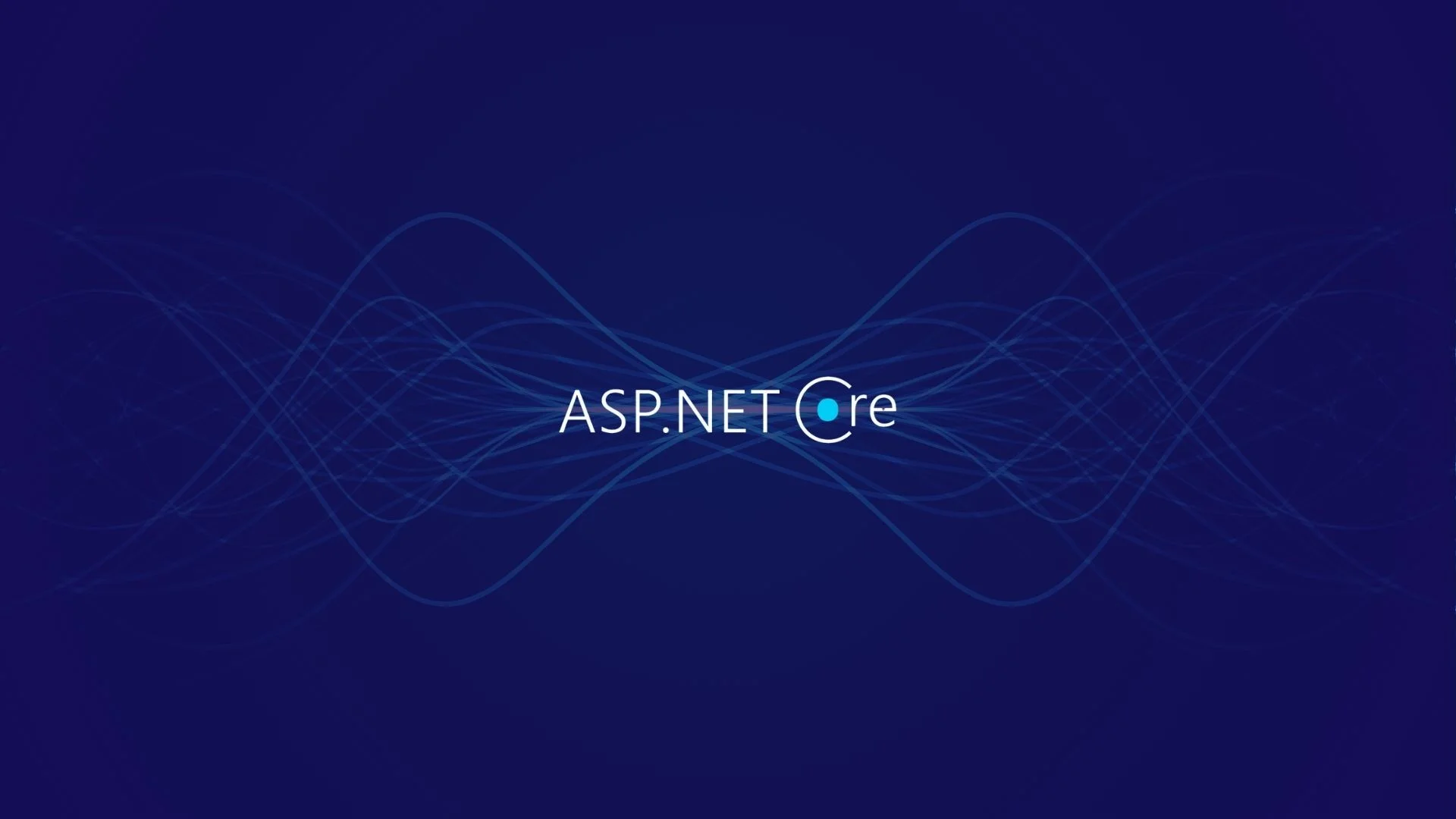Introduction
ASP Dot Net Core has become a cornerstone for modern web development, offering a powerful, flexible, and efficient framework that empowers developers to create high-performance web applications. ASP Dot Net Core stands out as a leader in the industry. Whether you’re building microservices, enterprise-level applications, or lightweight APIs, ASP Dot Net Core provides the tools you need to succeed. In this blog, we’ll explore 20 key features of ASP Dot Net Core that you can’t afford to miss, highlighting why this framework continues to be a top choice for developers around the globe.
Table of Contents
- Introduction
- ASP Dot Net Core
- Cross-Platform Flexibility
- Minimal APIs
- Dependency Injection Built-In
- Middleware Pipeline
- Unified Programming Model
- Configuration System
- Razor Pages
- Health Checks
- Global Tools
- Kestrel Web Server
- Hybrid Serialization with System.Text.Json
- HTTP/2 Support with gRPC
- WebAssembly and Blazor
- Configuration Reloading on Change
- Precompiled Views
- Global Exception Handling Middleware
- Enhanced Localization
- Endpoint Routing and Versioning
- Built-in SignalR for Real-Time Communication
- Feature Flags with Feature Management
- Conclusion
- Why Sparity?
- FAQs
ASP Dot Net Core
ASP Dot Net Core is a modern, open-source framework developed by Microsoft for building web applications, APIs, and microservices. It represents a significant evolution from the traditional ASP Dot Net framework, offering cross-platform capabilities that allow developers to build and run applications on Windows, macOS, and Linux. With its modular design, high performance, and flexibility, ASP .Net Core has quickly become the go-to choice for developers seeking to create scalable and efficient web solutions.
Cross-Platform Flexibility
ASP .Net Core is designed to be cross-platform, allowing you to build and run apps on Windows, macOS, and Linux. This flexibility is a significant shift from the older ASP Dot Net framework, which was tied to Windows.
Minimal APIs
Introduced in Dot Net 6, Minimal APIs allow developers to create simple HTTP APIs with minimal code, without the need for the usual MVC or Web API setup. It’s perfect for microservices or lightweight applications.
Dependency Injection Built-In
ASP Dot Net Core comes with built-in dependency injection (DI) support, making it easier to manage and inject dependencies throughout the application. You don’t need a third-party library to implement DI.
Middleware Pipeline
The request-processing pipeline in ASP .Net Core is made up of middleware components. You can create custom middleware to handle requests in a modular fashion, which allows for greater control over how requests are processed.
Unified Programming Model
ASP Dot Net Core unifies the MVC and Web API frameworks into a single programming model, eliminating the need to choose between them and providing a consistent approach to building web applications.
Configuration System
It has a flexible configuration system that supports a variety of formats (JSON, XML, INI, environment variables) and allows for hierarchical configuration, making it easier to manage settings in different environments.
Razor Pages
Razor Pages is a newer feature in ASP Dot Net Core that simplifies page-focused web applications. It follows a more page-centric approach, making it easier for developers familiar with web forms or traditional web development.
Health Checks
ASP Dot Net Core includes built-in support for health checks, which allow you to monitor the health of an application and its dependencies. This is particularly useful for microservices or containerized applications.
Global Tools
ASP Dot Net Core supports global tools, which are Dot Net CLI tools that can be installed and used globally on system. These tools can be used for a variety of tasks, such as code generation, database migrations, and more.
Kestrel Web Server
ASP .Net Core uses Kestrel as its default web server, which is a cross-platform, high-performance, and lightweight server. Kestrel can handle large numbers of requests efficiently, and you can also run it behind a reverse proxy like IIS, Nginx, or Apache for additional security and scalability.
Hybrid Serialization with System.Text.Json
ASP Dot Net Core primarily uses System.Text.Json for JSON serialization, but you can mix it with Newtonsoft.Json for specific cases by using custom converters or using both libraries side-by-side in the same project.
HTTP/2 Support with gRPC
ASP .Net Core supports gRPC, a high-performance, open-source RPC framework that uses HTTP/2. This is particularly useful for microservices, offering advantages like smaller message sizes and built-in error handling.
WebAssembly and Blazor
While Blazor is well-known, the ability to run Dot Net code directly in the browser via WebAssembly is a unique feature that isn’t as widely recognized. It allows you to write client-side logic in C# rather than JavaScript.
Configuration Reloading on Change
The configuration system in ASP Dot Net Core can automatically reload settings if the underlying configuration file (e.g., appsettings.json) changes, without requiring an application restart.
Precompiled Views
ASP Dot Net Core supports precompiling Razor views, which can improve startup time and prevent runtime errors in view files. This is especially useful for production environments.
Global Exception Handling Middleware
You can create a custom middleware to handle all unhandled exceptions globally, providing a central place for logging and error responses, which simplifies error handling across the application.
Enhanced Localization
ASP Dot Net Core has powerful localization and globalization features that go beyond basic translations, allowing for custom culture providers and dynamic resource management, which is handy for multi-lingual applications.
Endpoint Routing and Versioning
ASP Dot Net Core supports endpoint routing, which provides more flexibility in defining routes. Coupled with API versioning, it allows for easier management of multiple versions of an API within the same application.
Built-in SignalR for Real-Time Communication
SignalR is included in ASP Dot Net Core for real-time communication, such as chat applications, live updates, and notifications. It seamlessly integrates with ASP Dot Net Core, supporting WebSockets and other transport methods.
Feature Flags with Feature Management
ASP Dot Net Core supports feature management via Microsoft Feature Management, which allows you to enable or disable features at runtime, making it easier to manage features in production without redeploying the application.
Conclusion
ASP Dot NetCore’s rich set of features makes it an ideal choice for developers looking to build scalable, secure, and high-performance web applications. From its cross-platform flexibility and minimal APIs to advanced features like real-time communication with SignalR and feature management, ASP Dot Net Core provides a comprehensive toolkit that caters to a wide range of development needs. By leveraging these key features, we can enhance application’s efficiency, maintainability, and overall user experience. As web development continues to evolve, mastering ASP Dot Net Core will keep you ahead of the curve, ensuring applications are future-proof and ready to meet the demands.
Why Sparity?
At Sparity, we understand the importance of leveraging the best technologies to deliver top-tier solutions. Our expertise in ASP Dot Net Core allows us to build robust, scalable, and high-performance web applications tailored to meet unique needs. Whether you’re looking to migrate to ASP Dot Net Core, optimize existing applications, or develop new ones from scratch, our team of seasoned developers is here to help. We stay ahead of the latest trends and technologies, ensuring that projects benefit from the most advanced features ASP Dot Net Core has to offer. Partner with Sparity to unlock the full potential of ASP Dot Net Core and take web applications to the next level.
FAQs
What is data modeling, and what are the different types of data modeling techniques?
Data modeling is the process of creating a visual representation of data structures and relationships to facilitate understanding, communication, and analysis within an organization’s database systems, enabling effective decision-making and system design. Click here to learn all the data modeling techniques. Read more
What are the top 10 data analytics tools in 2024?
Unlock the power of data analytics tools with Sparity. Expertise in Power BI, Tableau, SAS, Apache Spark, and more. Drive insights for your business. Click here to learn about each tool comprehensively. Read more
What is Microsoft Fabric?
Microsoft Fabric serves as a comprehensive analytics solution tailored for enterprises, encompassing a wide spectrum from data movement and data science to real-time analytics and business intelligence. Click here for the comprehensive guide. Read more
How is copilot useful in Power BI?
Integration of generative AI capabilities for Copilot in Power BI enhances NLPs and code generation for efficient data analysis and visualization. Click here for complete guide on Copilot inPower BI
What are the types of security in Power BI?
Learn about the Power BI security best practices to protect your valuable data. Discover the importance of user authentication, ADD integration, user permissions, row-level security, object-level security, and more. Read more














